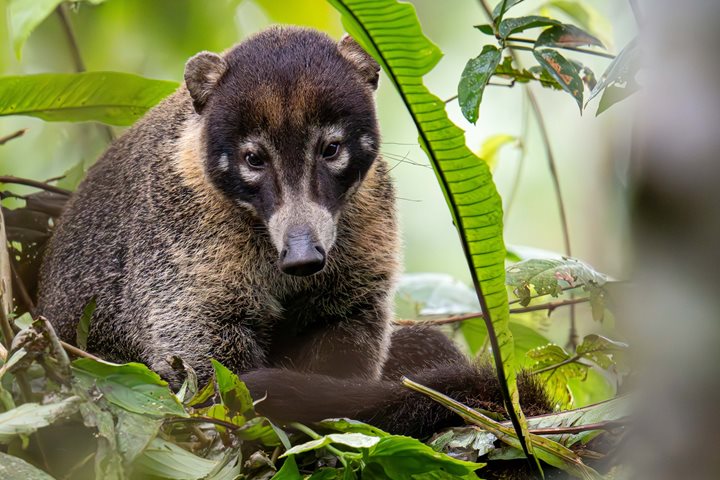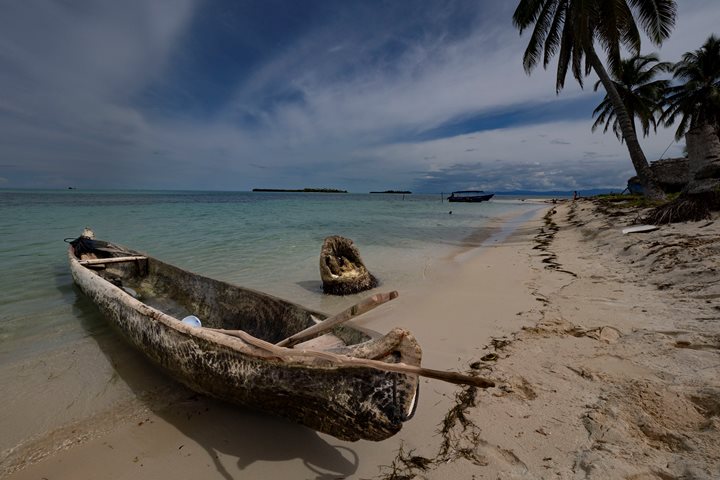After spending a quiet and serene night anchored in front of Cispata Bay, we disembarked and took a 20-minute bus ride to the municipality of Lorica in the department of Cordoba.
Upon arrival, we began a walking tour around this beautiful town located on the banks of the majestic Sinu River. This river has been used in the past (and is still used today) to transport various goods from the region, which makes Lorica one of its most important ports for merchandising products.
Back in the day, Spaniards settled in this town, followed by Lebanese Syrian communities in the 1920s. The cultural, gastronomic, and architectural influence of different cultures is easy to observe today.
The Lorica market is a clear example of this eclectic and rich cultural mix. The market’s imposing architecture houses stores full of handicrafts and different spices, arousing your sense of sight with vibrant colors. Through the pavilions, the smells of cumin, curcuma, achiote, rosemary, and cinnamon run freely, creating an otherworldly atmosphere. There is no question as to why Lorica is one of the 18 heritage towns of Colombia.
In the afternoon, we made our way to the municipality of Tuchin to visit one of the villages of the Sinu Indigenous community. This small and cozy settlement houses 700 people, and their main mode of subsistence is agriculture, which is carried out in a sustainable way on small farms (chacras). This community manufactures various handicrafts made of “arrow cane,” or wild-cane (Gynerium sagittatum), including the famous ‘vueltiao hat’ (sombrero vueltiao). During our visit, we had the honor of observing the careful steps in the elaborate process to make this hat, starting from the harvest of arrow cane to the natural application of colors to the fibers to the technique used to weave them.
It is the warmth of these people and their teachings that make every step of the process worth it.









